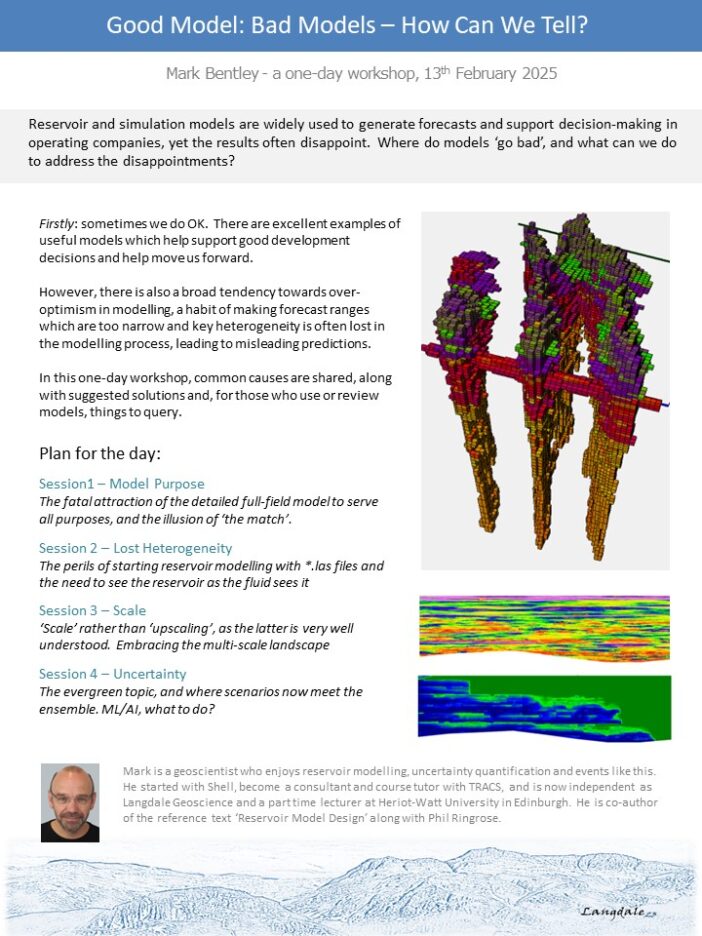
- This event has passed.
LIVE WEBINAR: Seismic Imaging-Led Sedimentology Insight Reveals Extraordinary New Potential in the Gulf of Papua
Tuesday, 12 July, 2022 @ 11:00 am - 12:00 pm (Australia/Perth time)
Free – $10.00
Kindly supported by Rock Flow dynamics 
This live webinar will take place at:
11am – Perth
12.30pm – Darwin, Adelaide
1pm – Brisbane, Canberra, Hobart, Melbourne, Sydney
Use the calendar link on this page to add this event in to your own calendar at the correct local time for your location.
Tickets are free for members (please log in to see this) and $10 for non members.
Please buy your tickets and immediately follow the link in the ticket e-mail (not the calendar invite or this webpage, which is just generic and not event specific) to set up your registration with the webinar software well in advance of the time of the talk. Once registered with the webinar software you will receive a reminder e-mail 1 hour beforehand.
Seismic Imaging-Led Sedimentology Insight Reveals Extraordinary New Potential in the Gulf of Papua
Presented by Tim Rady (Geomorph Energy / Larus Energy)
Abstract
Submarine fans and turbidite systems are important targets for oil and gas exploration and form prolific petroleum reservoirs in many sedimentary basins world-wide. Remarkable imaging from modern proprietary and multi-client PSDM 2D seismic data in south-eastern Papua New Guinea (PNG), has uncovered exciting new reservoir potential within large-scale Neogene channel-fan turbidite complexes. Historic exploration in PNG has primarily focused on plays associated with the Jurassic Toro Formation and Miocene reef carbonates. Turbidites sourced from the north in the Late Pliocene from the Fly River Delta have been targeted in the Gulf of Papua (GoP), which led to the Flinders and Hagana discoveries in 2013. Yet despite the margin of the Aure Moresby Fold and Thrust Belt (AMFTB) stretching for over 800 km, and clear evidence for large sedimentary basins, exploration drilling has been limited to only the north-west AMFTB. Here the identification of Mid-Miocene outcrops of fine-coarse, quartz, ‘greywacke’ sandstones, up to 122m thick in the Diamana village area, offered evidence for the presence of turbidite depositional fairways and the transport of quartz-rich material into deep water. Indications of medial to distal turbidites and nested, deep-water channel-levee complexes have previously been recognised on offshore seismic data. Indeed, a Mid-Miocene to Pliocene submarine fan system has also been cored on the abyssal plain of the Coral Sea (DSDP well 210), where fine-grained turbidites have been transported long distances (>400 km), from the fold belt via plateau-traversing deep water conduits, such as the Moresby Canyon. They represent the terminal lobes and mega-distal remnants of large-scale turbidite systems. The presence of Mid-Miocene quartz-rich, turbidite sandstones onshore and terminal fans over 400 km from their provenance, indicates that major deep-water systems existed in the Neogene. This raised a question to PNG explorers: Where are the proximal turbidite plays located?



